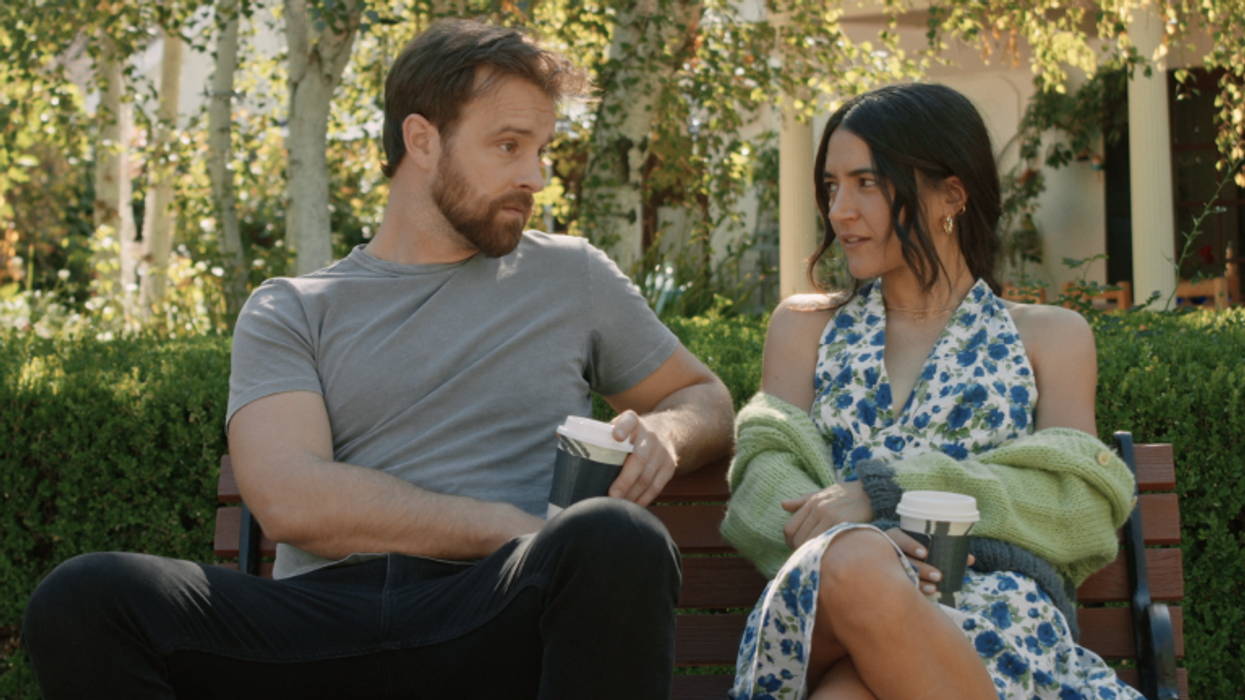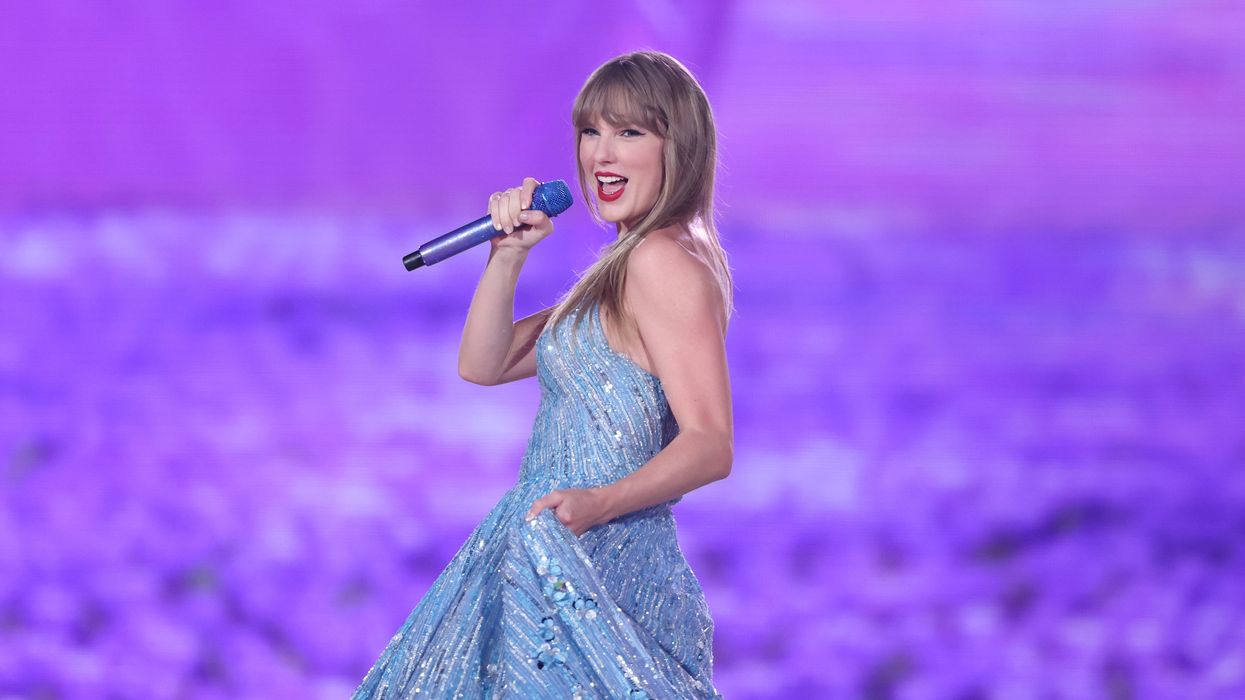Lomax is a composer, recording artist, jazz drummer and educator. He is the author of the forthcoming book “Toward a Politics of Humanity.”
Rhythm, in its most fundamental form, underpins the very fabric of the universe. It is an integral part of the cosmic dance that choreographs the movement of celestial bodies, the pulsation of quarks and the cadence of life itself. The concept of rhythm transcends the bounds of music and dance, emerging as an expression of unity and a testament to the universe's interconnectedness.
The universe operates in synchronicity, a concurrent occurrence of events that appear significantly related yet lack an apparent causal connection. This synchronicity is a higher-order rhythm, a mathematical pattern that serves as the fundamental organizing principle of the universe. It is a silent conductor orchestrating the symphony of existence.
Rhythm is the universe's heartbeat, creating structure, defining flow and embodying energy. The constant motion of protons and neutrons, the vibrational frequencies that transcend our physical world, are all manifestations of this rhythm. In the realm of metaphysics, rhythm is synonymous with frequency and vibration. It is not merely a concept but a tangible, universal truth that reflects existence's inherent unity.
Our rhythmic expression – our groove – is an individual manifestation of this universal rhythm. It is a unique pattern of energy that encapsulates our being and contributes to the grand tapestry of the universe. Like individual notes in a symphony, each groove adds depth and richness to the universal rhythm, reinforcing the sense of unity.
The optimization of our rhythmic expression can catalyze transformative change. By tuning into our groove and aligning it with the universe's rhythm, we can create a harmonious resonance that transcends ourselves and ripples into the world. In the context of societal structures, rhythm plays a pivotal role. For example, how our economic system should operate to ensure an equitable and fair system can best be determined if we think in terms of rhythmic expression to find the right balance between productivity and humanistic needs. By doing so we will create a culture that resonates with greater unity, harmony and mutual respect.
Working together in a community can create polyrhythms – complex rhythmic structures that incorporate everyone's groove. These polyrhythms are a testament to the diversity of human experience and a manifestation of unity in diversity. They reflect the potential of a society that values individual expression and collective harmony.
As an expression of unity, rhythm presents an opportunity to reimagine our world. It invites us to tune into our groove, co-create harmonious polyrhythms and reshape societal structures. By aligning with the universal rhythm, we can create a world that resonates with unity, harmony and equity. Rhythm, in essence, is a cosmic call to unity – a call we must heed to create a more harmonious world.


















